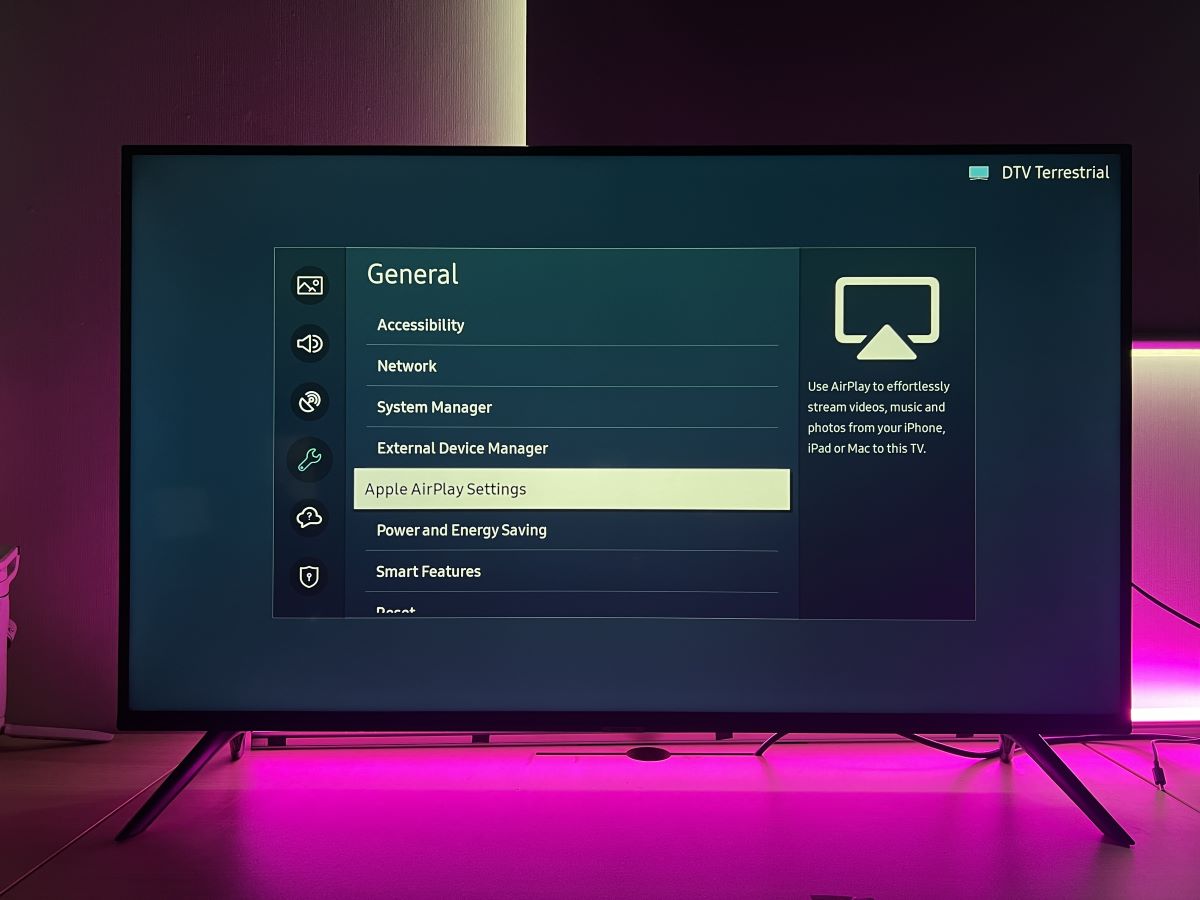How To Block Devices From Casting To My Smart TV?
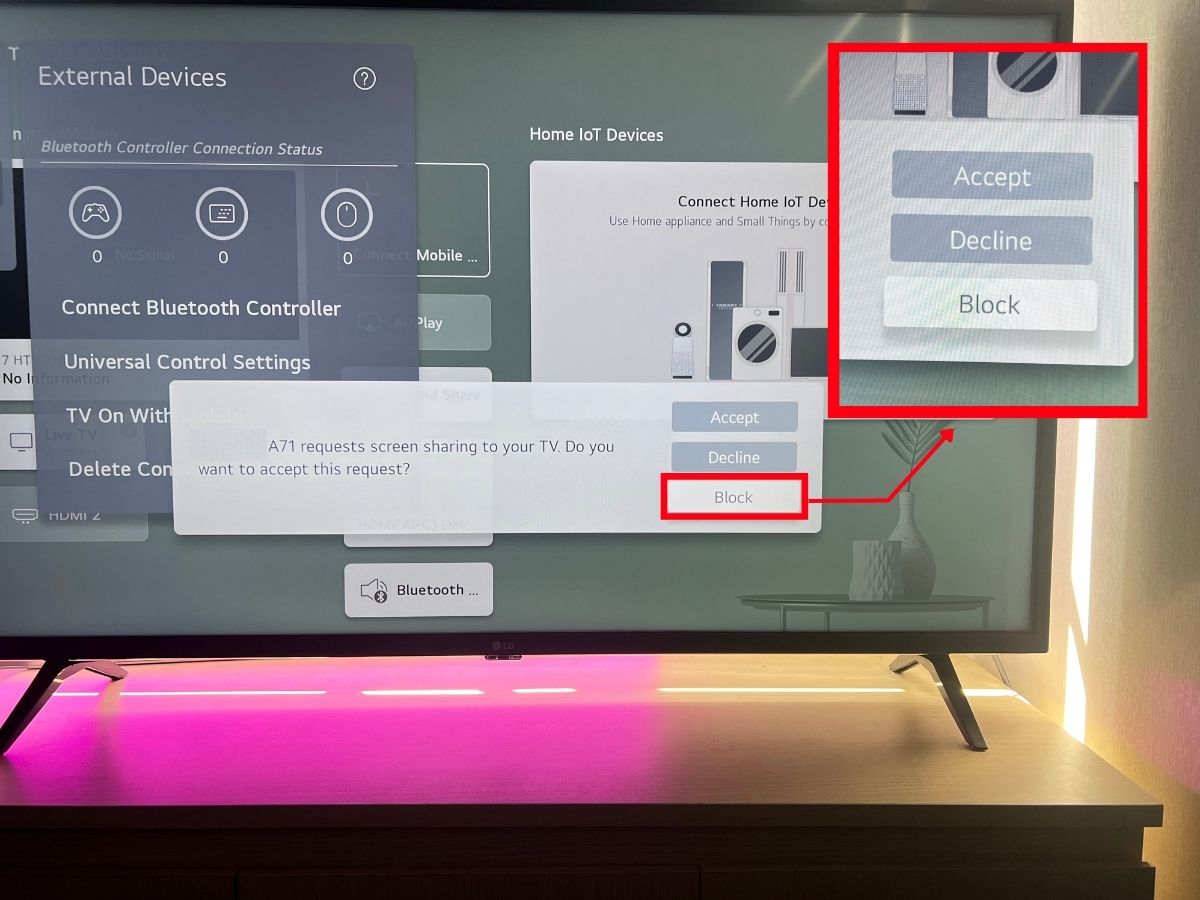
What To Know
- To prevent unwanted casting on your TV, you can connect your TV to a different Wi-Fi network than the one used by potential casting devices. This method is effective because casting often requires devices to be on the same network.
- You can block specific devices from accessing your Wi-Fi network (and thus from casting to your TV) by using the MAC address filtering feature in your router settings.
- On your TV or streaming device, you can disable features like screen mirroring or AirPlay.
If you’re having trouble preventing random devices from casting on your TV, this article will guide you on how to stop those transgressions.
We’ll discuss blocking casting from unknown devices by changing Wi-Fi connections, modifying the router’s native settings, altering settings on TVs and streaming devices, and much more.
If you want to block random casting on your TV for good, you’ll find the guide below extremely handy with its detailed steps and instructions. Read on to make your TV intrusion-free.
Quick Navigation
Blocking Casting Devices to TVs
Using a Different Wi-Fi on Your TV
The TV and the source device must be on the same Wi-Fi connection for the casting to work.
If you break the chain using another internet connection on your TV, you can block any instance of unauthorized casting.
I’ll demonstrate how you can do that using my TCL 43T66 connected to my Acer laptop.
In the beginning, when both the devices were on the same Wi-Fi, I could use my laptop to cast to the TV.
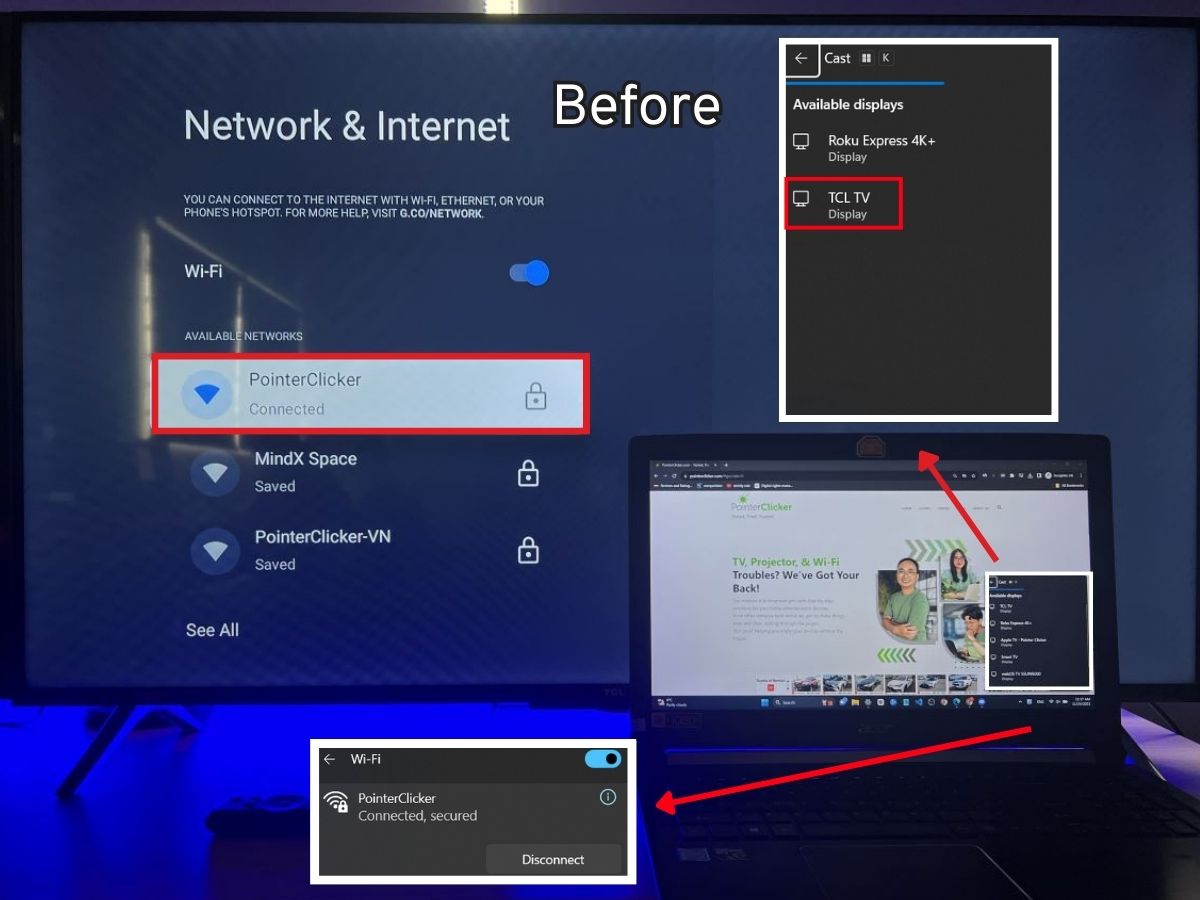
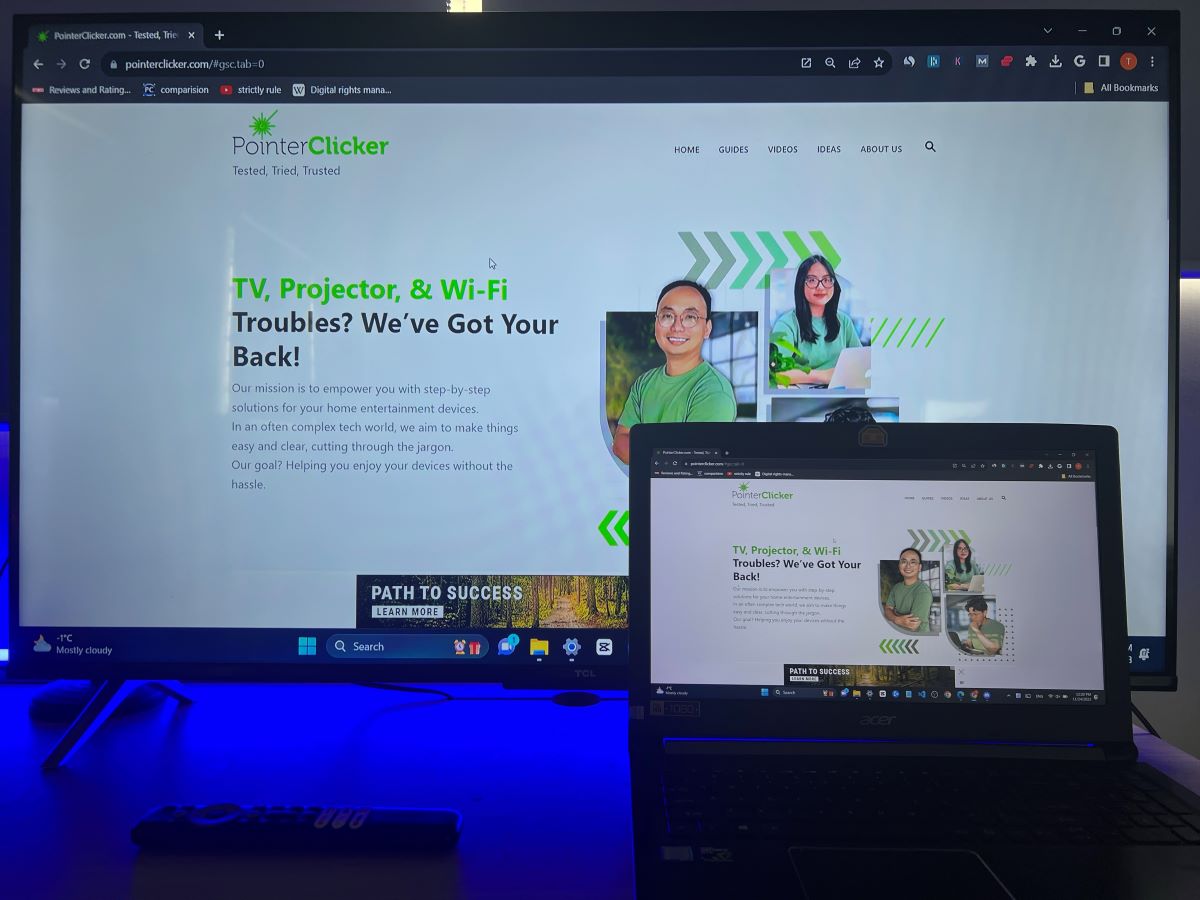
But after I changed the TV’s Wi-Fi connection to another network, my laptop couldn’t detect my TCL TV to cast on.
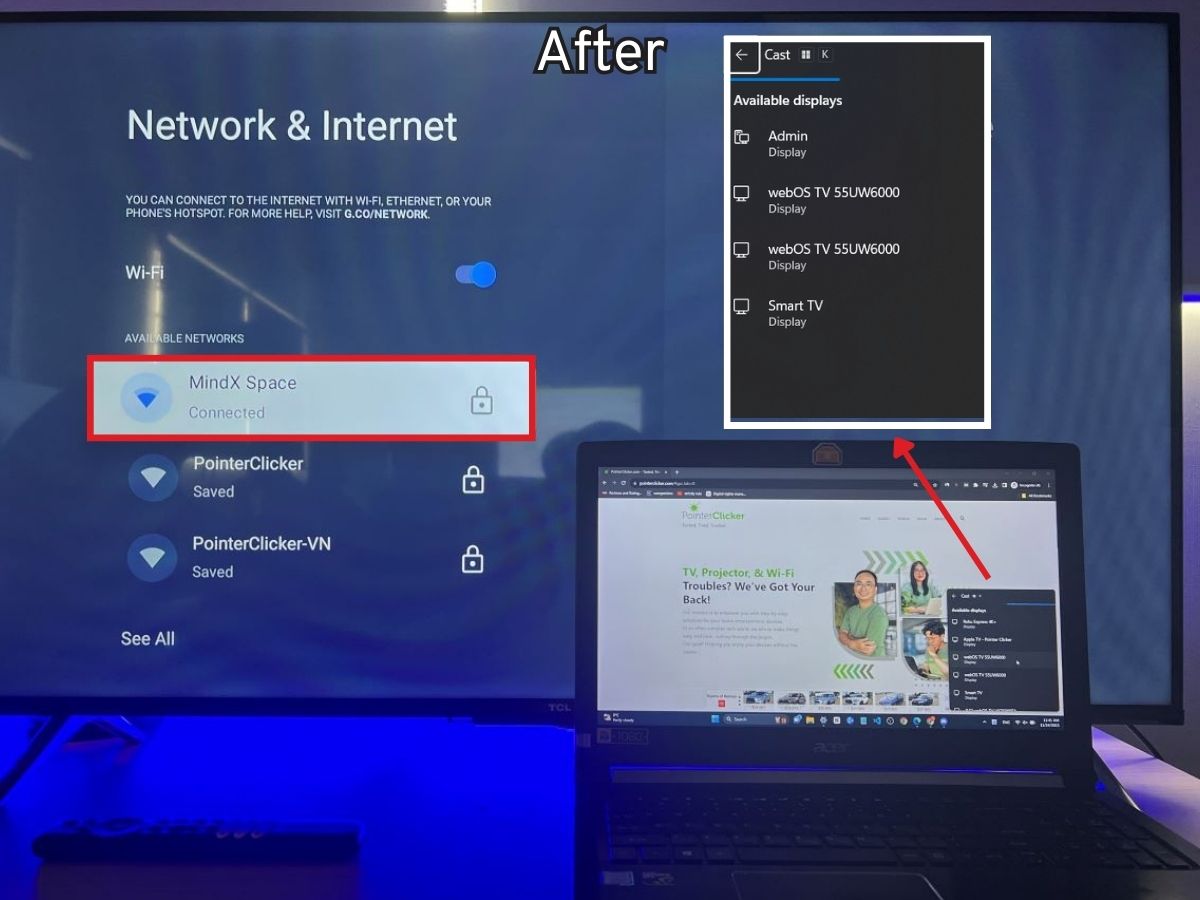
Using MAC Address Filtering to Block Unwanted Casting Devices from Your Router
If you don’t want to cast on your TV from another person’s device, like an iPhone or Android device, block the particular device at the router level.
This ensures the blocked device can’t access your internet connection and, therefore, cannot cast to your TV.
Although serving the same purpose, MAC address filtering offers more granular control than devices accessing the same Wi-Fi.
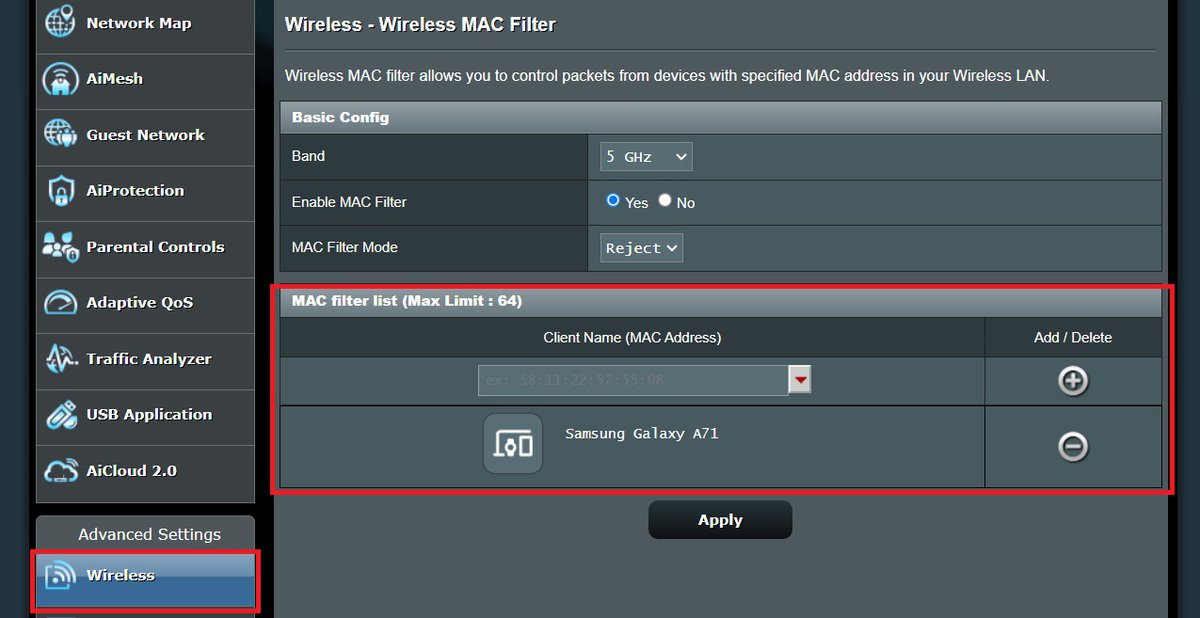
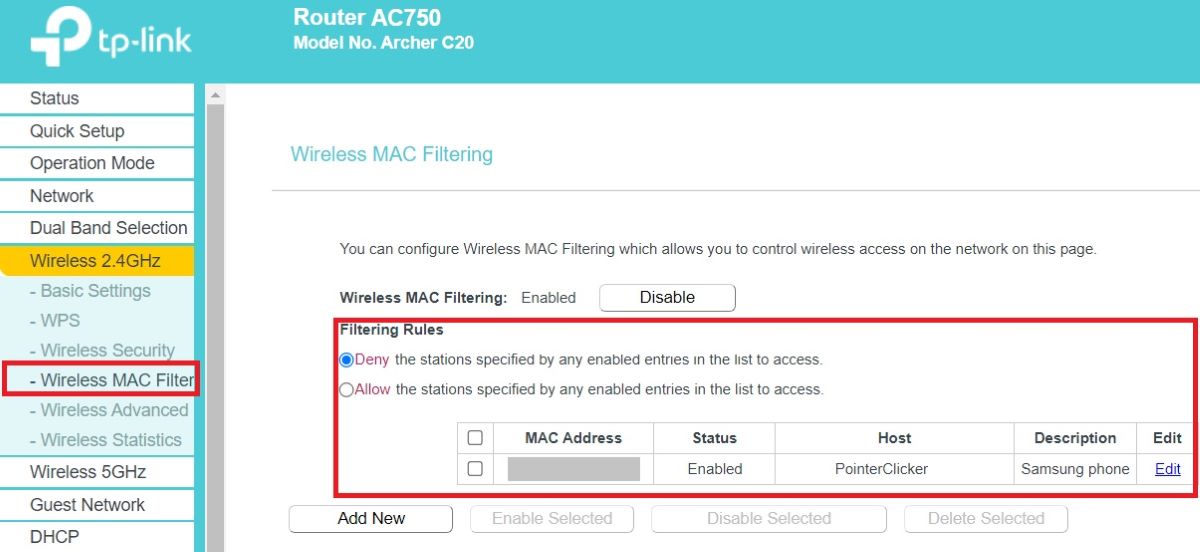
Here is how to block devices from your Wi-Fi by accessing the router settings.
ASUS Router (Model RT-AX58U):
Step 1: Visit http://www.asusrouter.com to access the router’s admin interface—type in your user ID and password to log in.
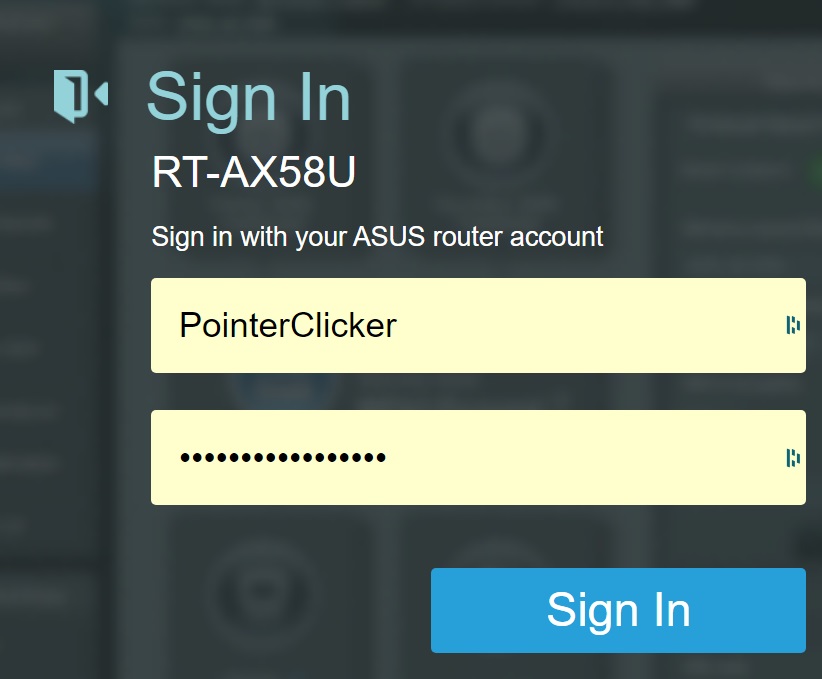
Step 2: Head to Network Map and then View List to ascertain the devices linked to the router. Copy your device’s Client MAC (Media Access Control) address to block it later.
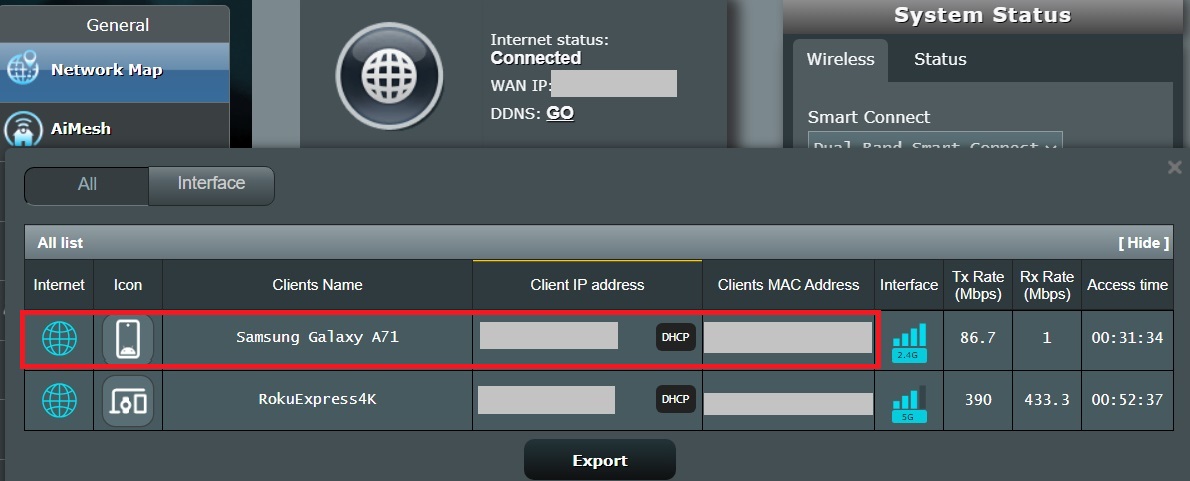
Step 3: Select the Wireless section from the menu section on the left and then the Wireless MAC Filter tab. Under Basic Config, select Yes to activate Enable MAC Filter and choose the Reject option next to MAC Filter Mode.
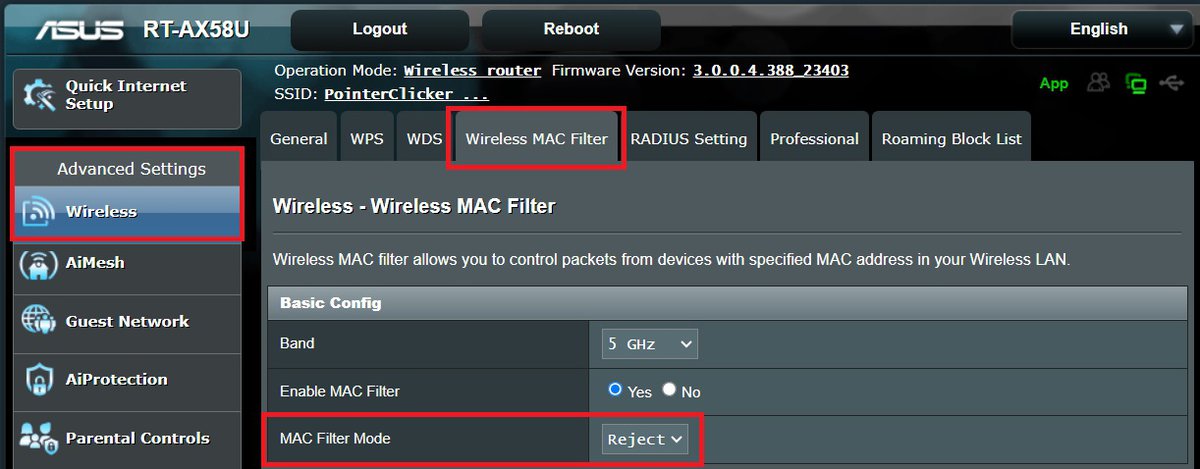
Step 4: Under Client Name, enter your device’s MAC address and click Add. Finally, click Apply to save and implement the custom settings.

TP-Link Router (Model Archer C20):
Step 1: Visit the TP-Link admin interface website: http://tplinkwifi.net/. Enter your user ID and password, which is usually “admin” for both fields.
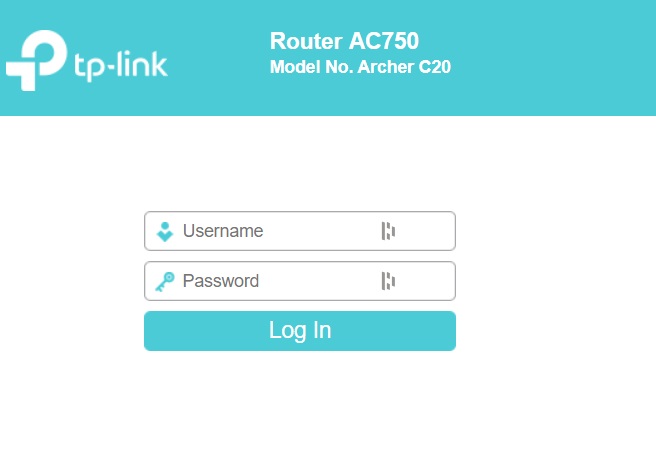
Step 2: To know the devices linked to your TP-Link device, go to the DHCP section and then DHCP Clients List.
Copy or note the device’s MAC address you’d like to block.
Step 3: Head to your router’s wireless network settings. My TP-Link router is on the dual-band setting, which sends out both 2.4GHz and 5GHz frequencies.
But since my device uses the 2.4GHz network only, I shall focus on modifying my router’s Wireless 2.4GHz section only.
If your situation is identical to mine, navigate to Wireless MAC Filter in the settings and choose Enable to activate the filter setting.
Next, select Add New and enter the device’s MAC address copied earlier. Assign the setting a name and then hit save to complete the setup.
Ensure the settings are set to Deny.


Disabling the AirPlay Feature on Your TV
Your TV’s AirPlay feature can be turned off by pressing a remote button.
AirPlay is usually integrated into Samsung, LG webOS, and Sony Google TVs. You can turn off the feature to prevent any trespassing Apple device, such as an iPhone, from mirroring or casting to your television.
Here are the steps for the different brands:
Samsung
Step 1: Turn on your Samsung TV and hit the Home key on the remote.
Step 2: Access the device’s Menu (three horizontal bars) at the bottom left corner.
Step 3: Go to Settings (gear icon) and then General.
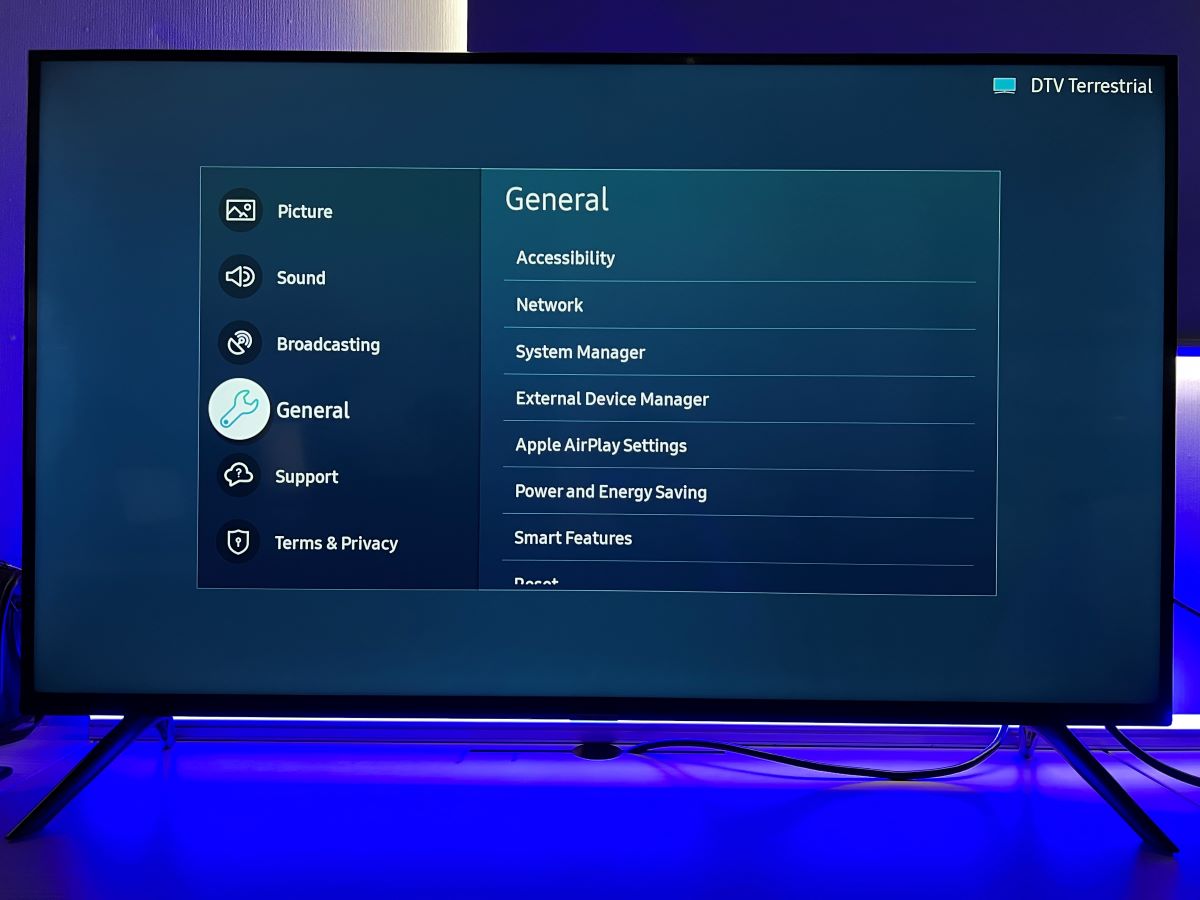
Step 4: Select Apple AirPlay Settings.
Step 5: Set Airplay status to “Off.”
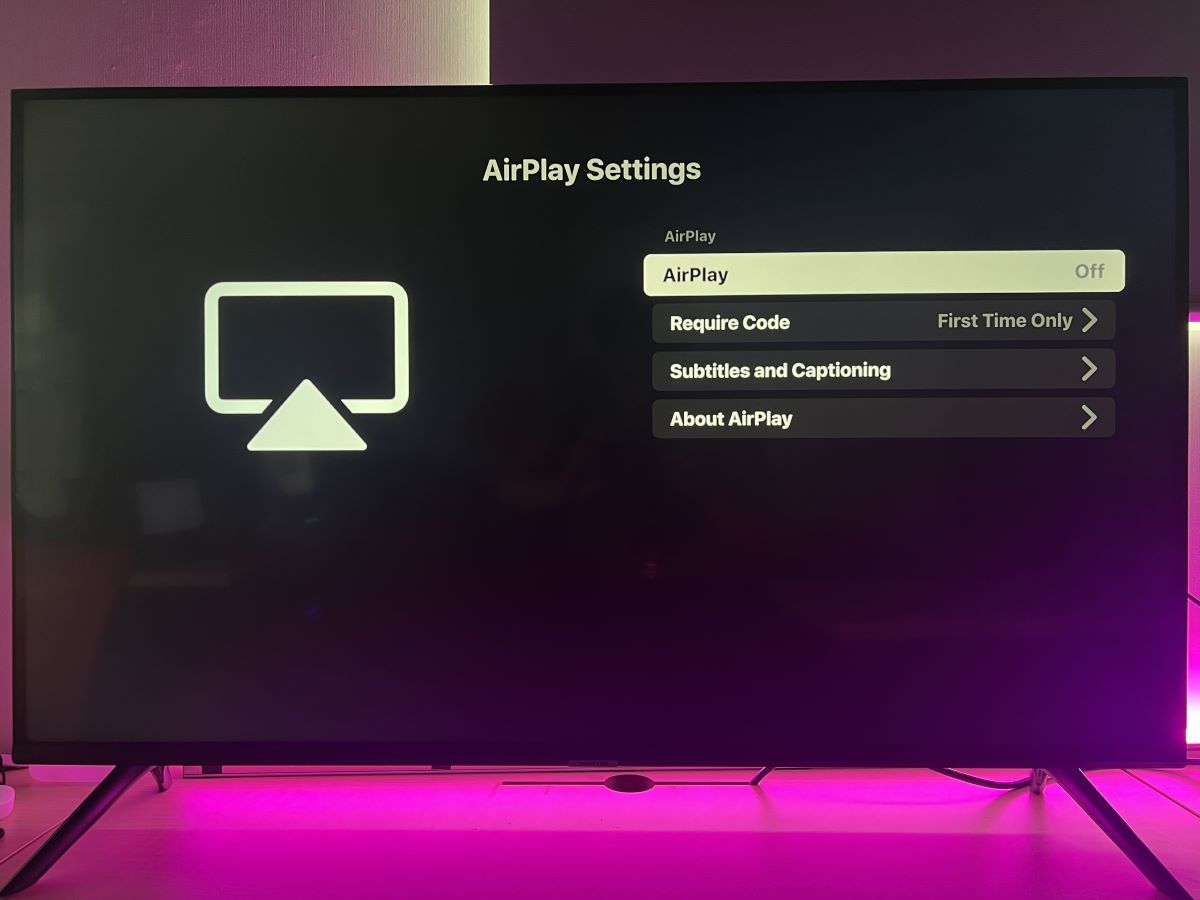
Sony
Step 1: Turn on your Sony TV and hit the Settings (denoted by a gear icon) key on your remote.
Step 2: Select the Settings icon on your TV.
Step 3: Scroll over the options to go to System.
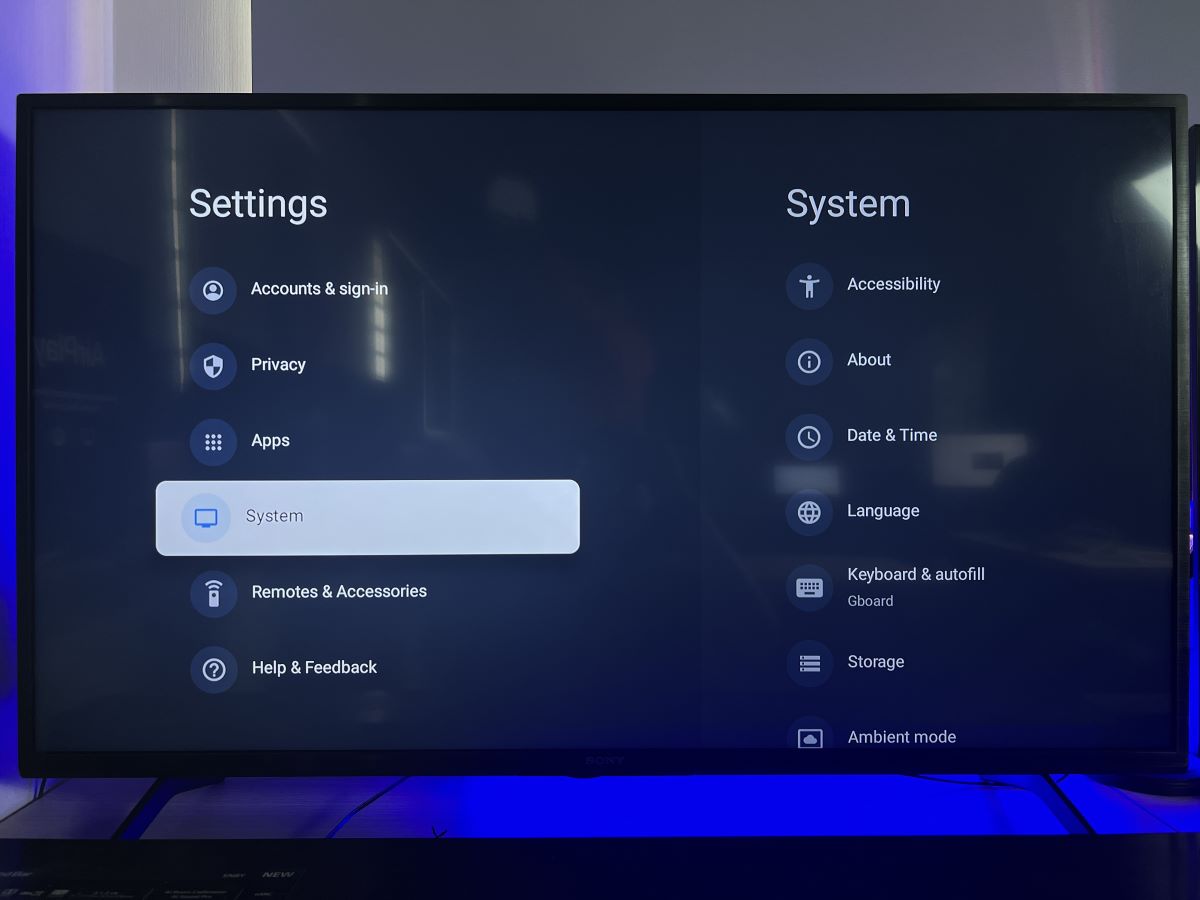
Step 4: Navigate to and select Apple Airplay and Homekit.
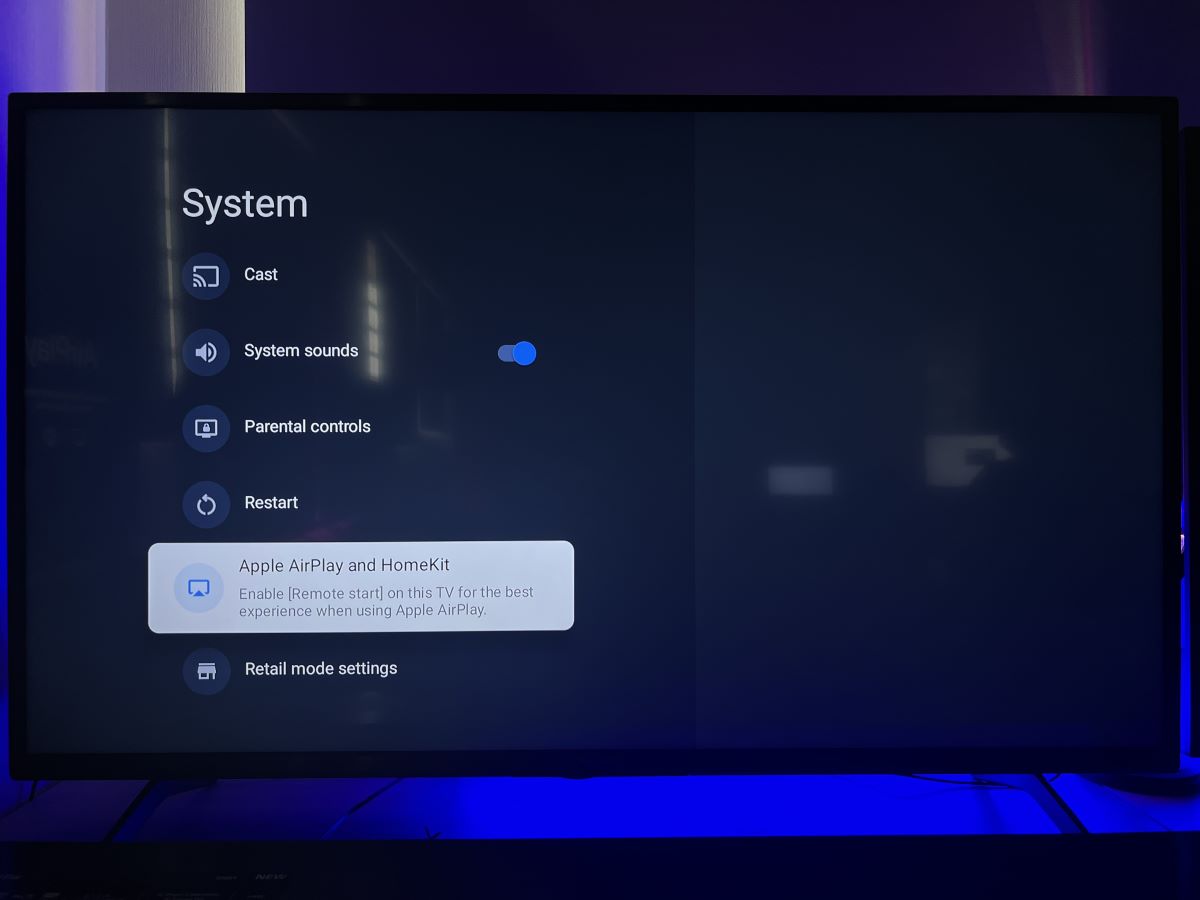
Step 5: On the setup screen, set AirPlay to “Off.”
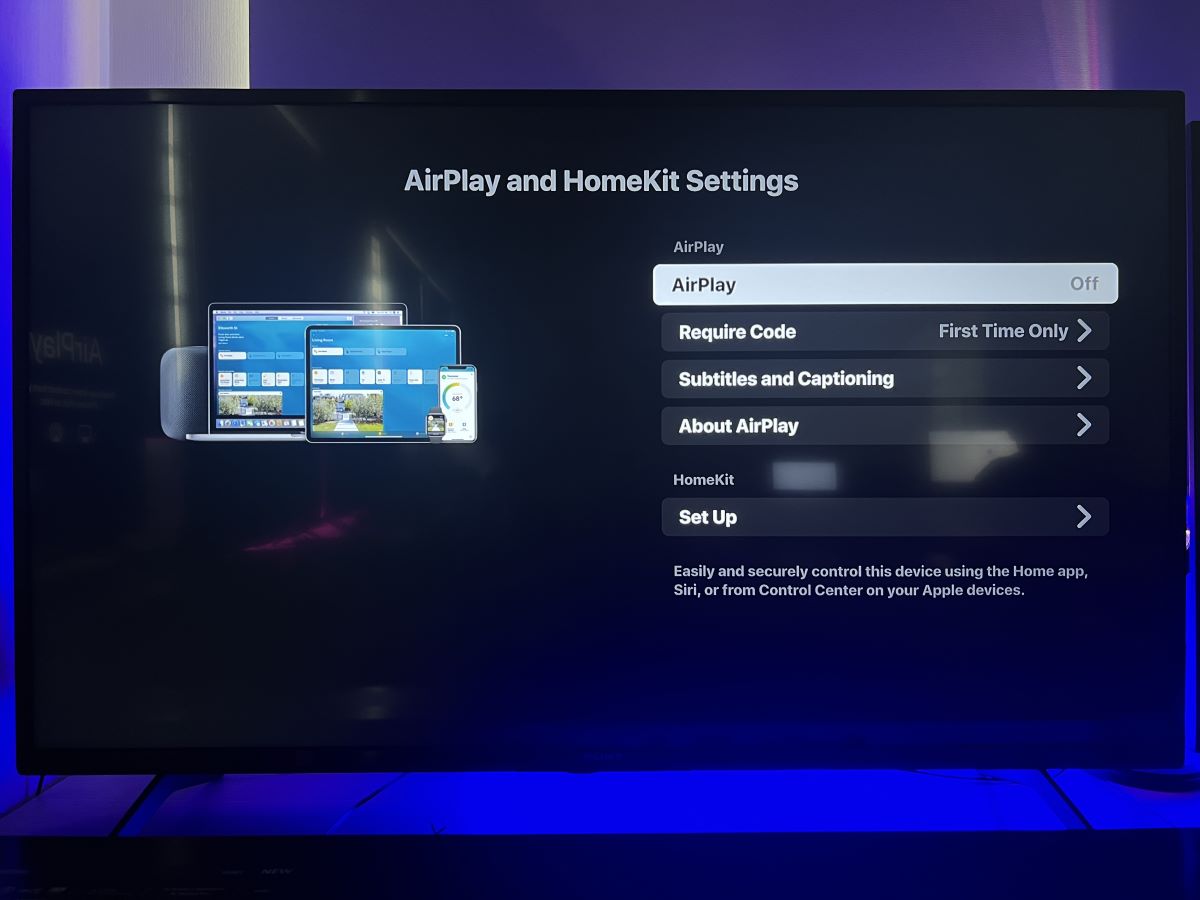
LG
Step 1: Turn on your LG TV and press the “Home” key on the TV remote to pull up the home dashboard.
Step 2: Hit the down arrow key to open the settings menu and choose “Airplay.”
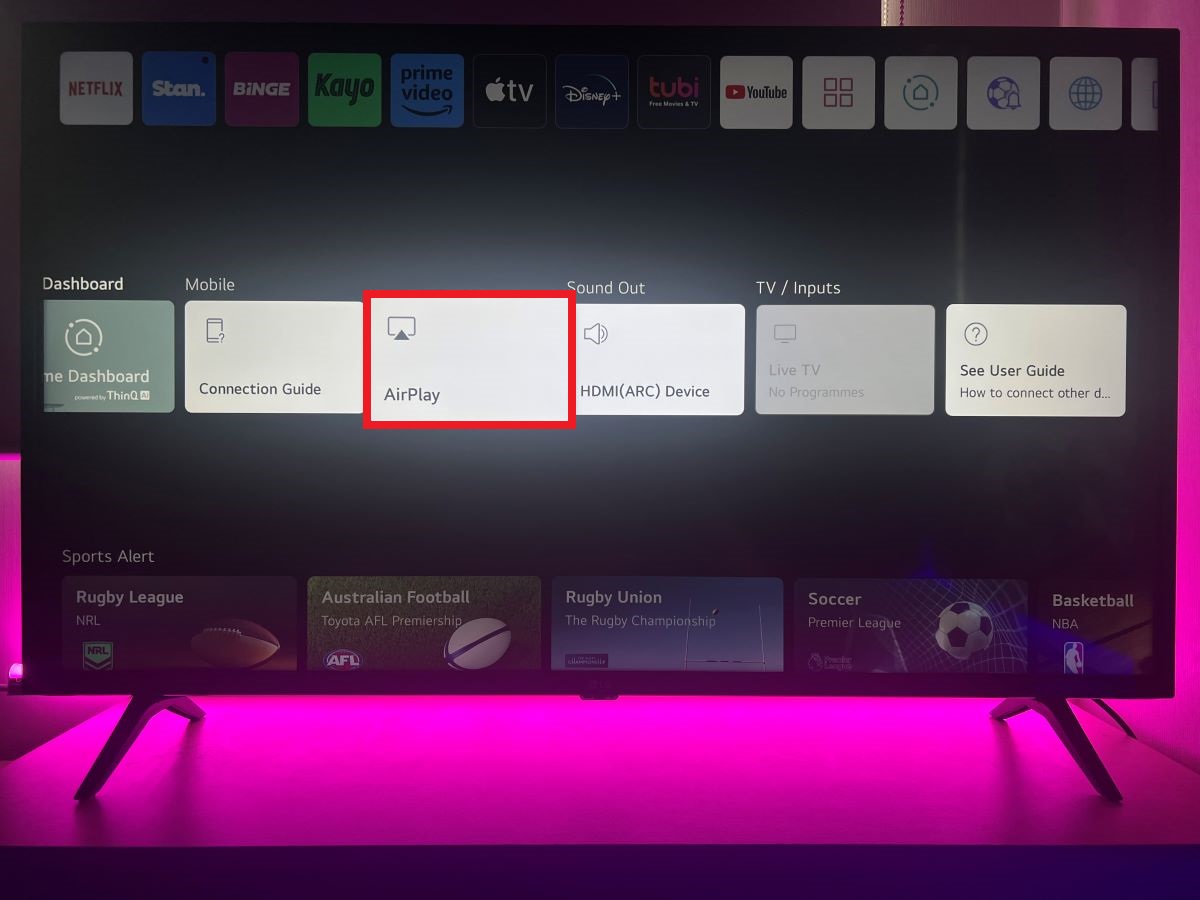
Step 3: Go to AirPlay & HomeKit Settings and set AirPlay to “Off.”
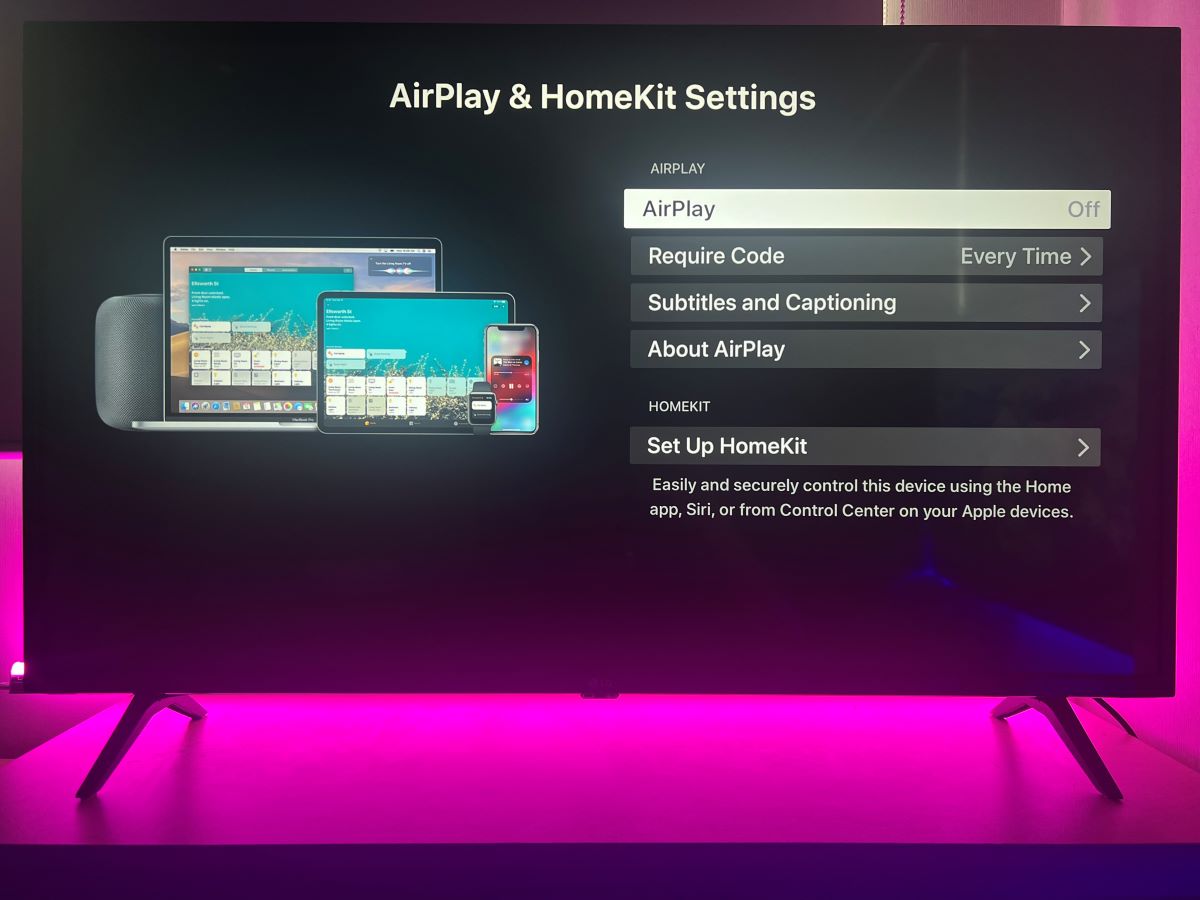
If the AirPlay feature is missing on your LG television or other brands, maybe the option is turned off, or the TV doesn’t support AirPlay.
Also, you may have set the TV’s location to some foreign country. Set it to the USA if it’s not already.
Note: Although LG doesn’t officially or otherwise restrict AirPlay support on its TVs to the United States only, I’ve personally come across users who shared that setting the location to some other country has caused the casting feature to disappear on their LG TVs.
Blocking Unwanted Devices from Casting to Your TV
If you’ve used an iPhone or Android device to cast to your TV, the TV tends to remember the device, so casting from it again becomes more effortless.
You can manage the list of remembered devices by accessing your TV settings and blocking or removing the devices.
Here are the steps:
Samsung
Step 1: Turn on the TV and press the Home key on the remote.
Step 2: Head to the Settings page.
Step 3: Navigate to General and then select External Device Manager.
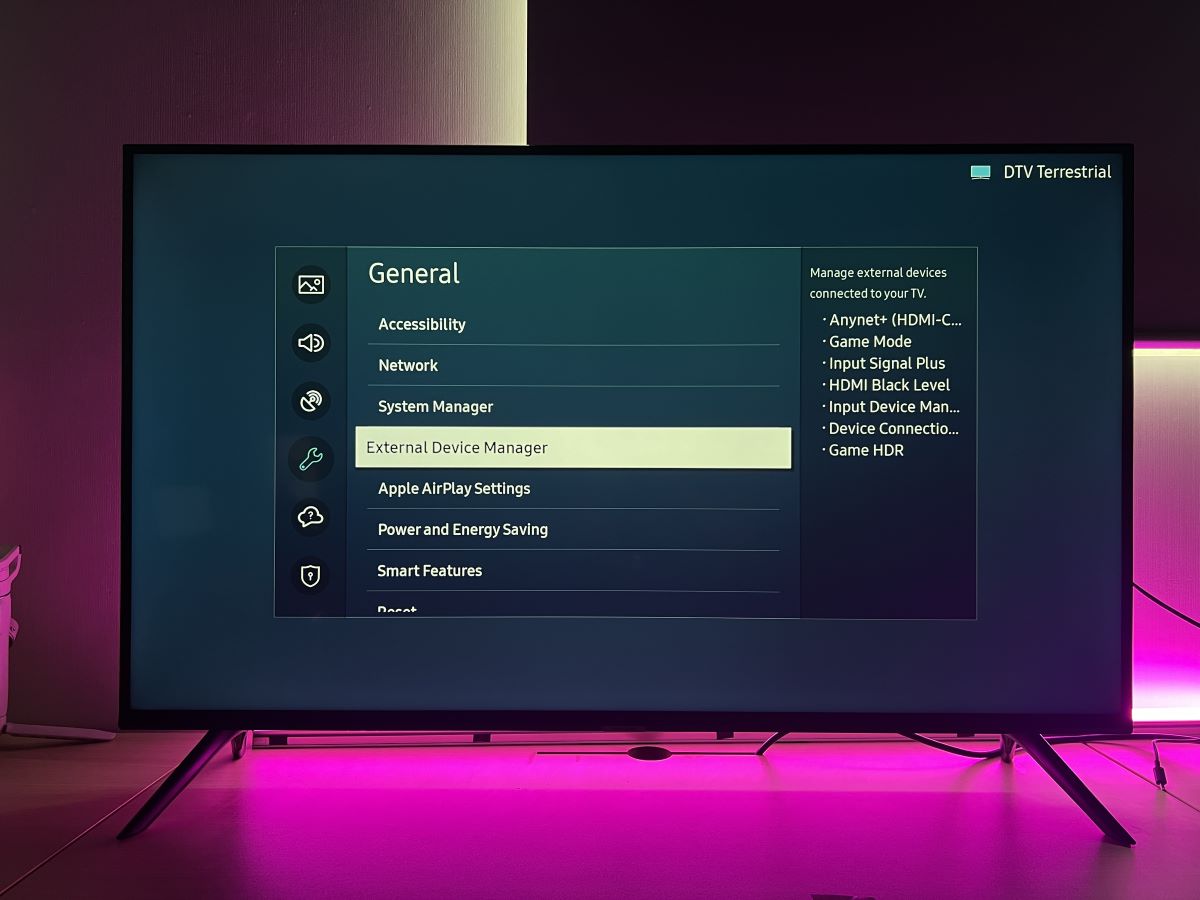
Step 4: Choose Device Connection Manager and then Device List.
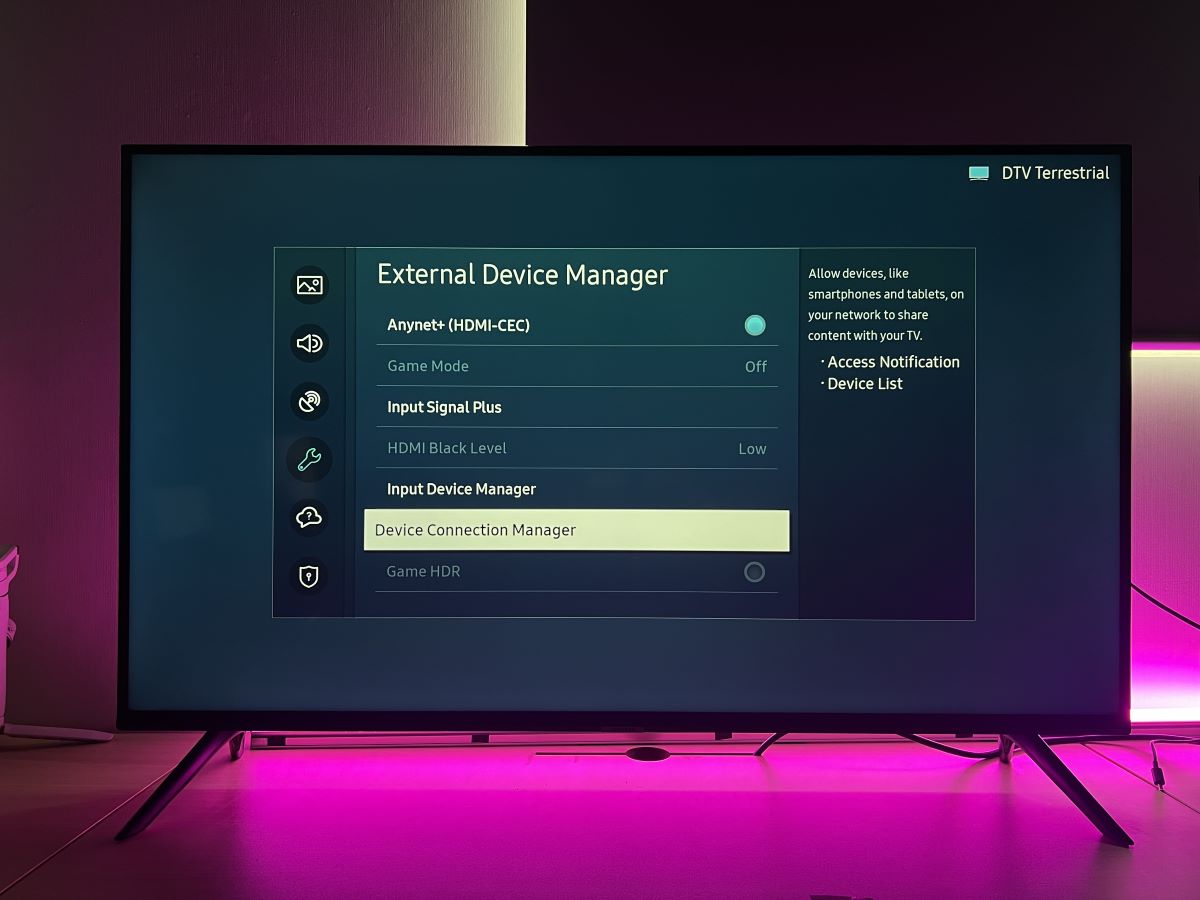
Step 5: Select the device you’d like to block on the Device List screen and set the status to Deny.
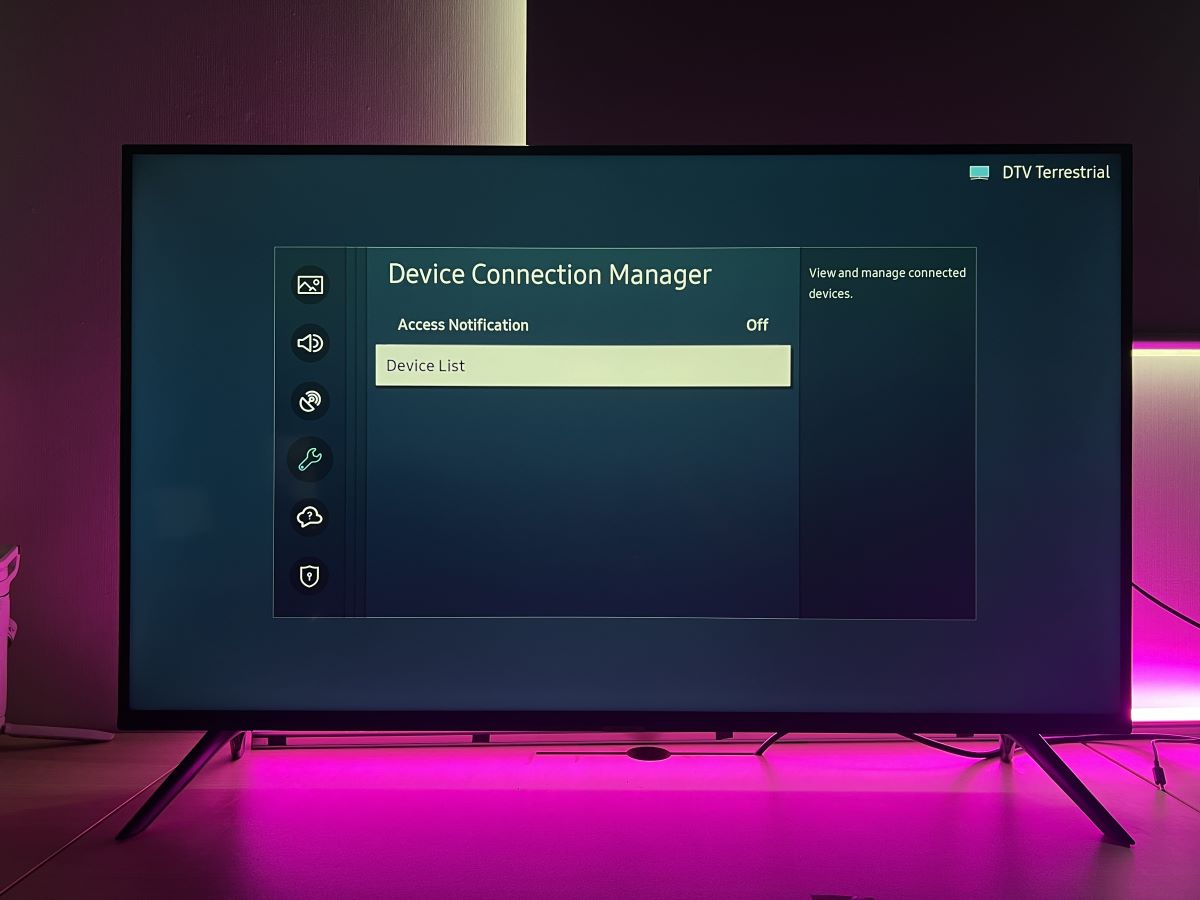
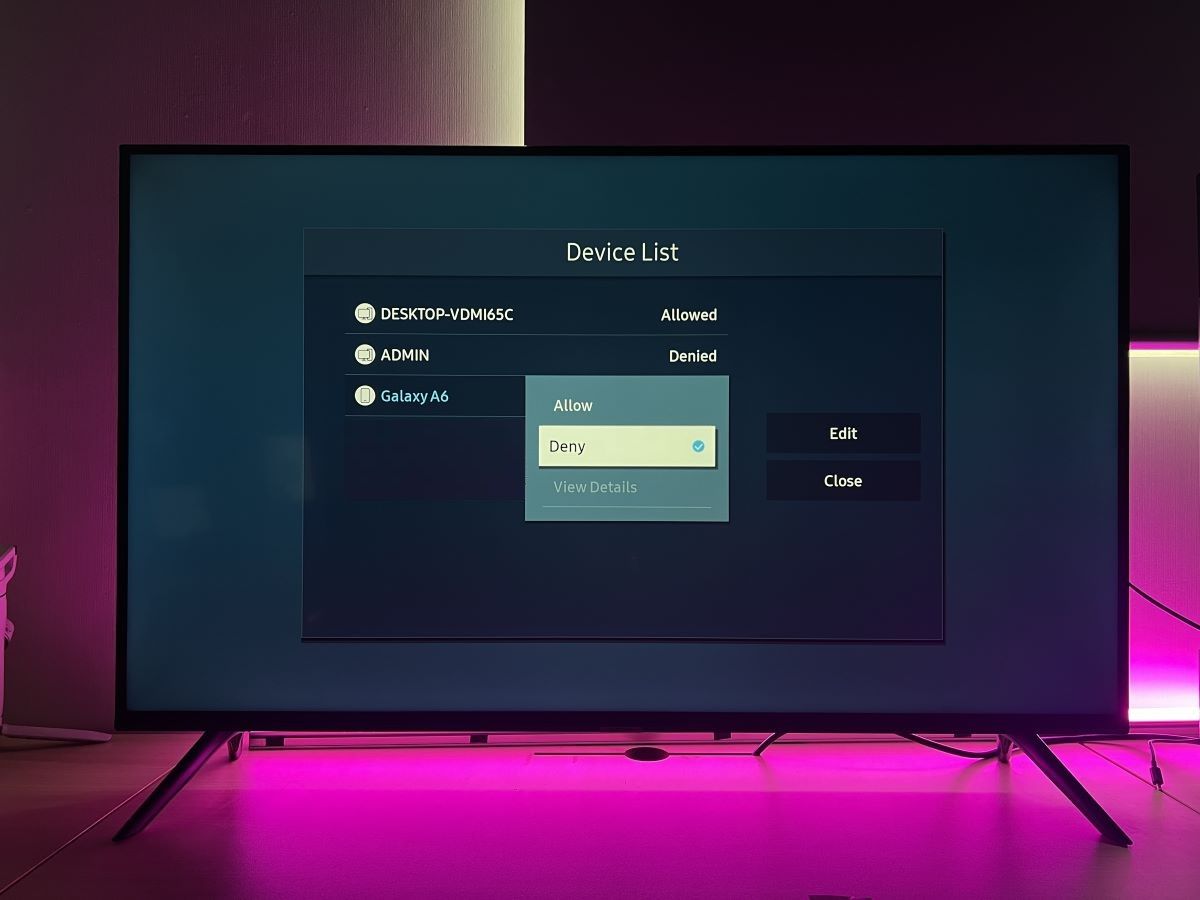
LG
Blocking a device from casting to your LG TV is not that straightforward.
First, you must “forget” all devices previously connected to the TV in the Settings.
Then, if an unknown device tries connecting and casting to your LG television, choose “Block” to ensure it never connects to your TV again.
Here are the steps:
Step 1: Turn on the TV and go to All Settings.
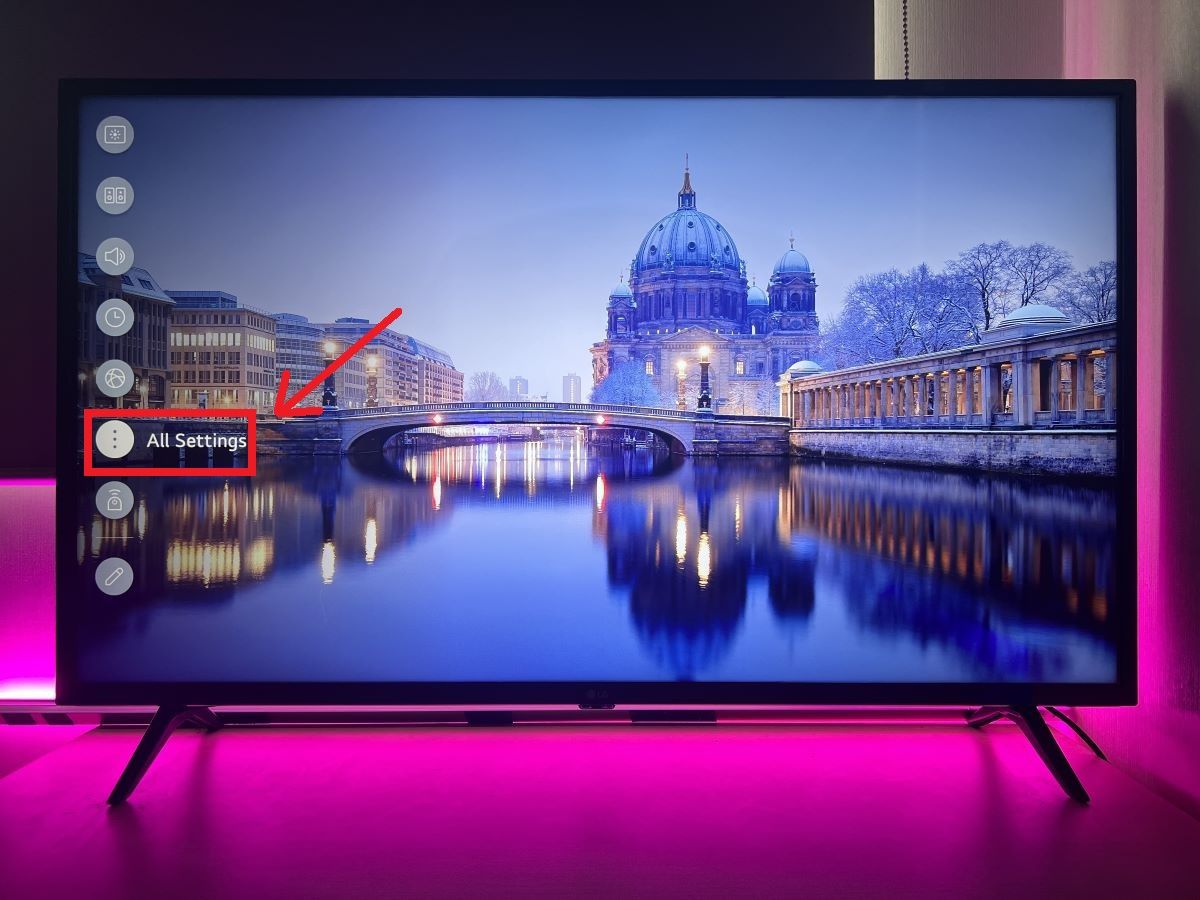
Step 2: Head to General and Choose Devices.
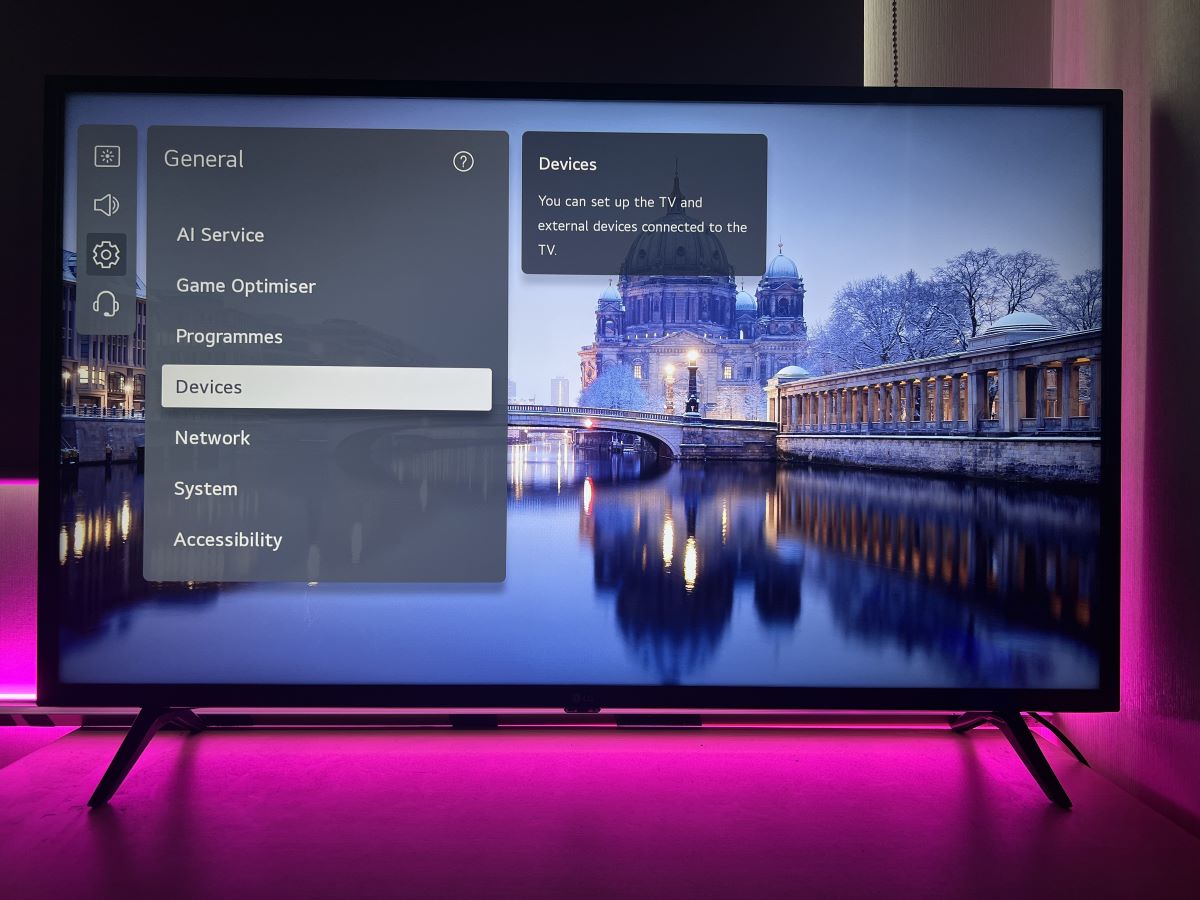
Step 3: Select External Devices and then Delete Connection History.
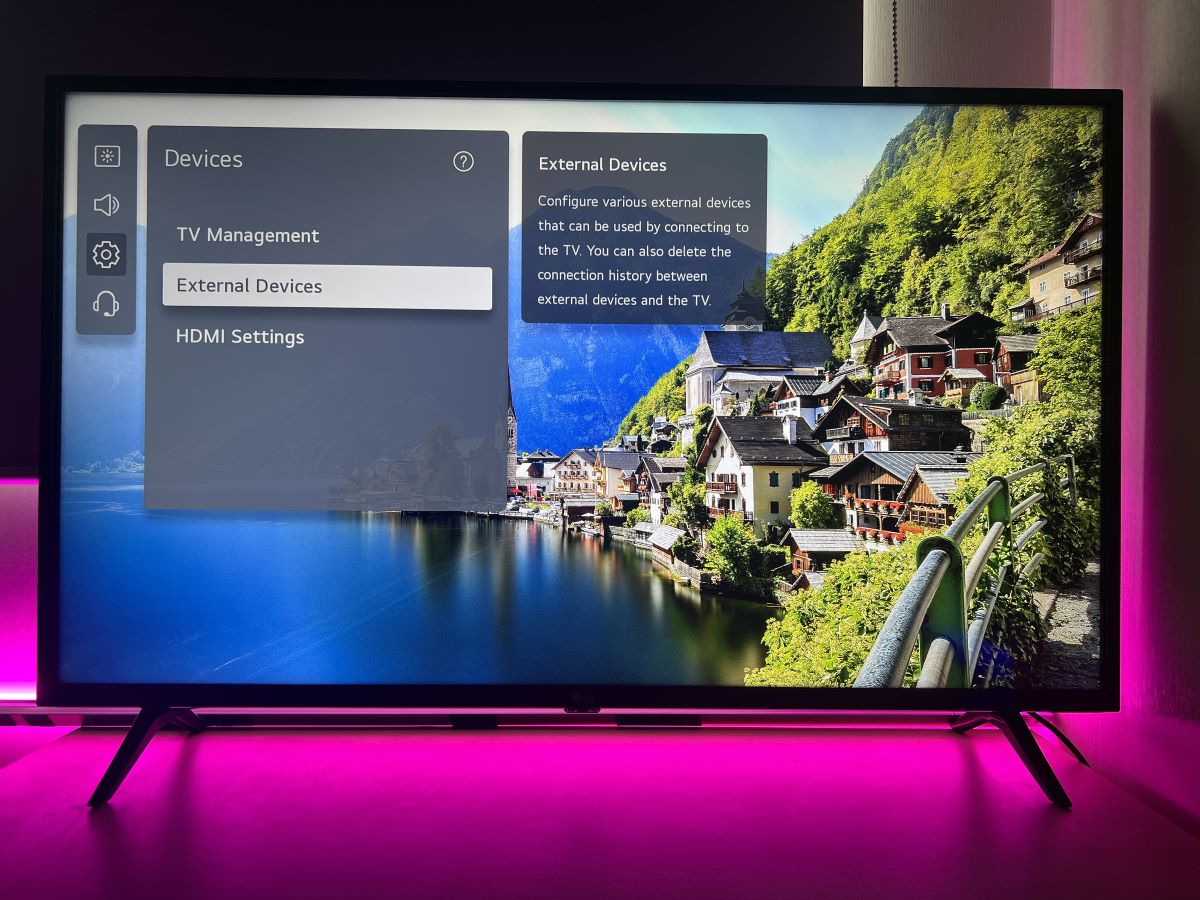
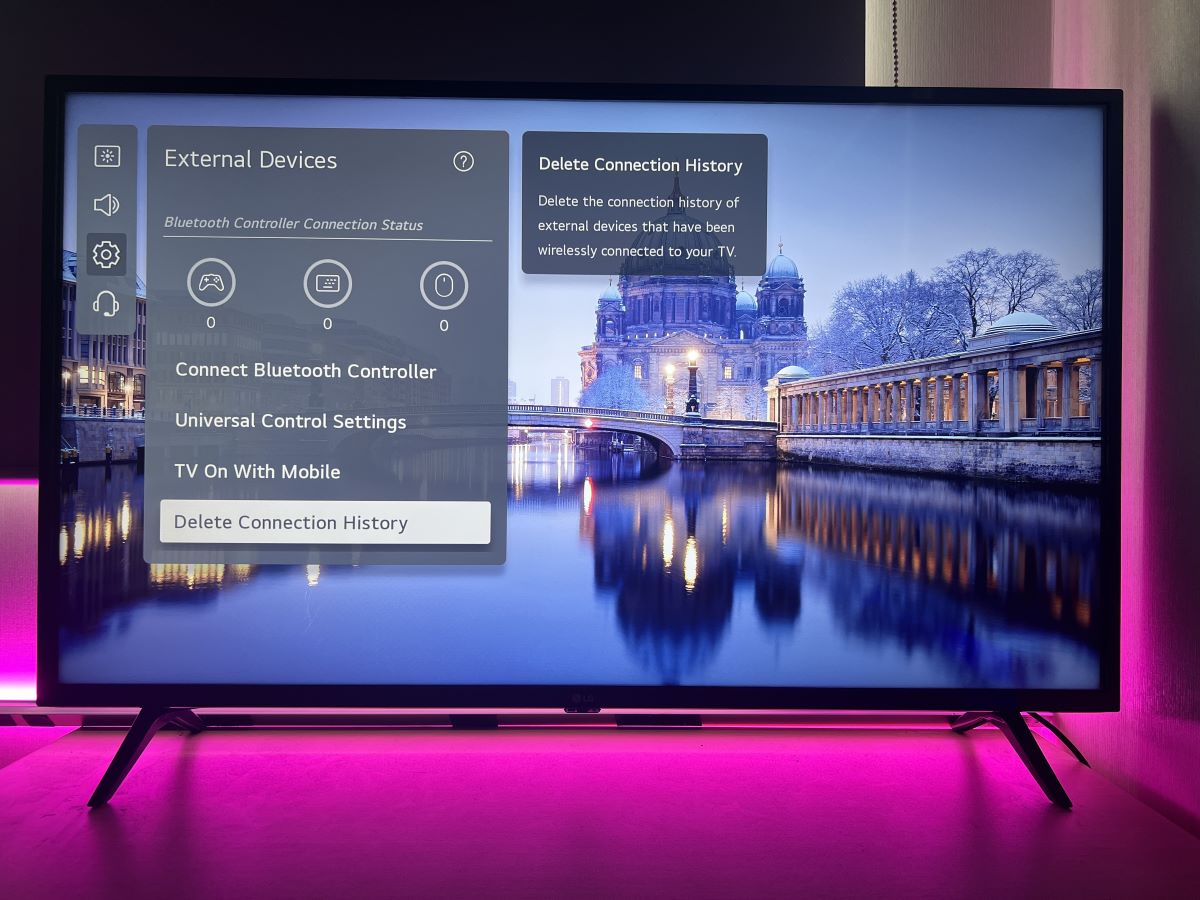
A warning message will pop on the screen seeking your confirmation to delete all instances of wireless connections on the TV. Select Yes to proceed.
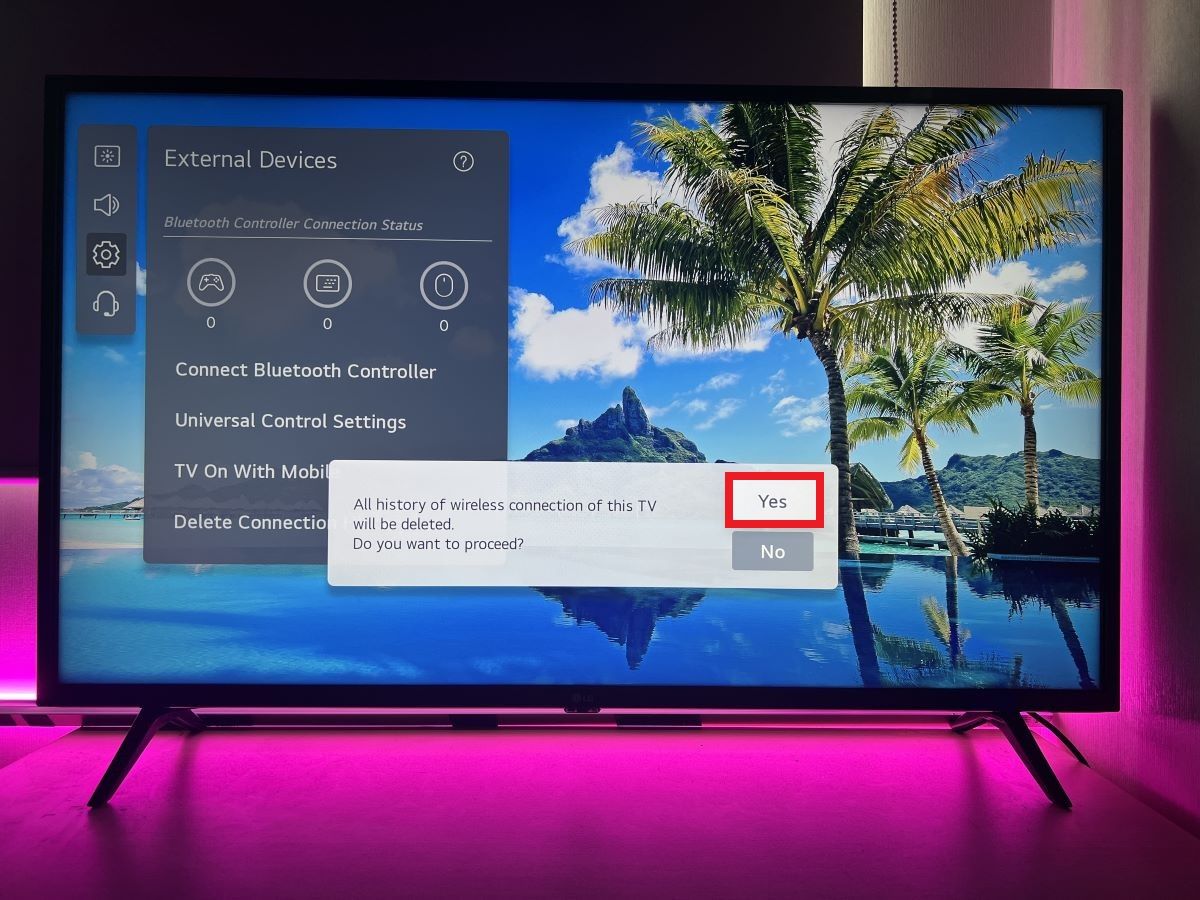
A pop-up will appear if you see an unknown device attempting mirror-casting on your TV.
You can choose “Decline” to deny the request this one time. If you want to completely block the device so it can never request casting, select “Block.”
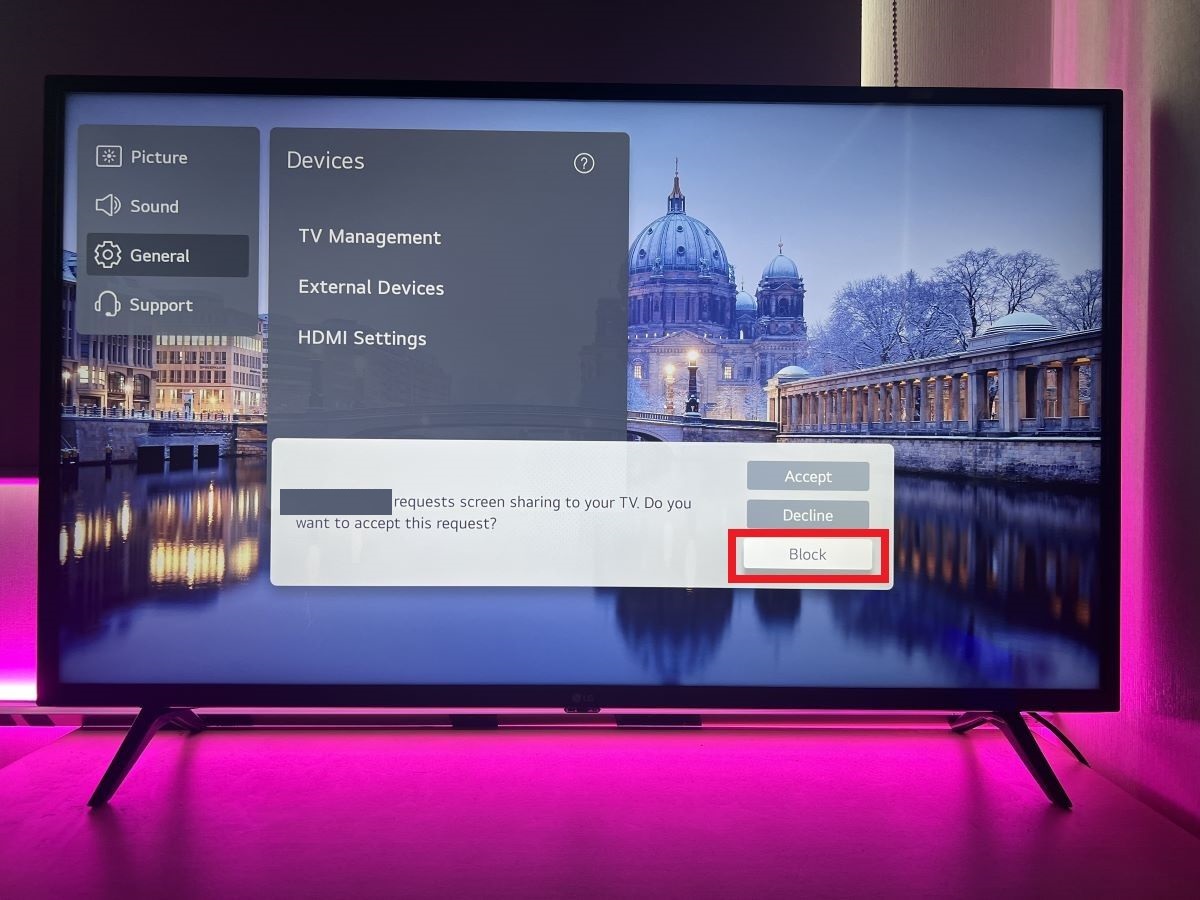
You can always unblock a particular device by returning to your LG TV’s Settings and modifying the Delete Connection History section.
In case you were wondering, Sony TVs do not let you block devices from casting to it natively.
Unlike LG and Samsung, Sony enlists the Google Home app’s help to set up casting on its TVs. In other words, things are not entirely within Sony’s control.
Not to mention, because there are multiple hoops, casting to a random Sony TV without permission is a lot more challenging.
Blocking Devices Casting to Your Streaming Device
A streaming device like a Google Chromecast lets users cast content to their TV from a phone or laptop if all the devices use the same Wi-Fi connection.
And if you want to turn off the casting, you can do that in multiple ways.
One easy way to disable casting on the devices is to unplug them from your TV. Unfortunately, these streaming sticks are always-on devices and don’t come with on/off buttons.
You need not unplug the device. Just release it from its power source.
Another straightforward way to prevent casting via the device is by connecting it to another Wi-Fi network.
In addition, to mitigate unwanted casting in the future, employ the router-level MAC address filtering feature, as explained earlier.
You can also disable the setting by tweaking the casting/mirroring options of the specific streaming device.
Here are the steps:
Roku
To stop random devices from casting content to your Roku, turn off the Roku’s built-in casting feature. To do that, you must deactivate the screen mirroring and AirPlay features.
Steps to turn off screen mirroring or prevent Windows or Android devices from casting:
Step 1: Turn on the TV with the Roku stick plugged in and head to Settings.

Step 2: Navigate to System and choose Screen mirroring.
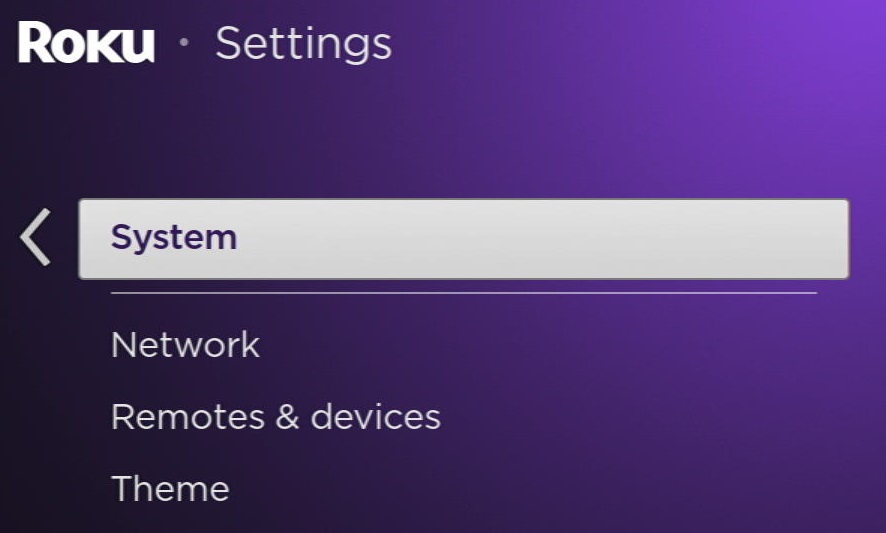
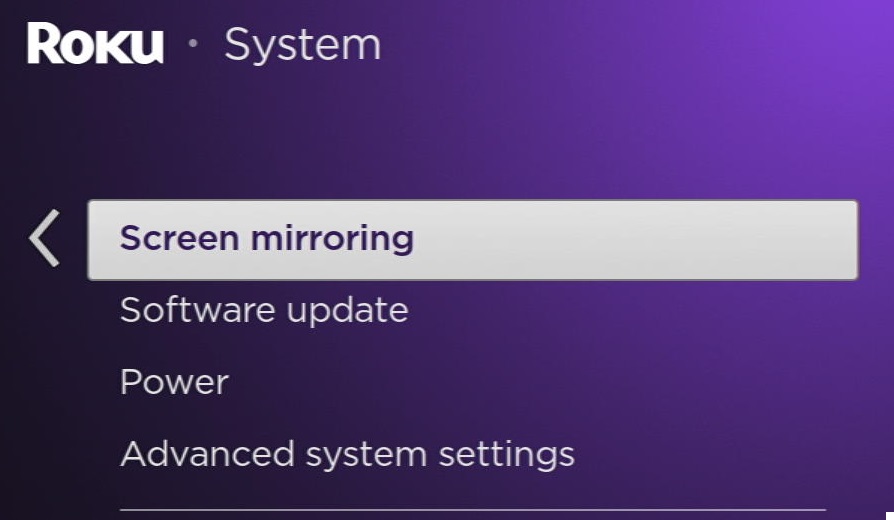
Step 3: Go to Screen mirroring mode and select “Never allow.”
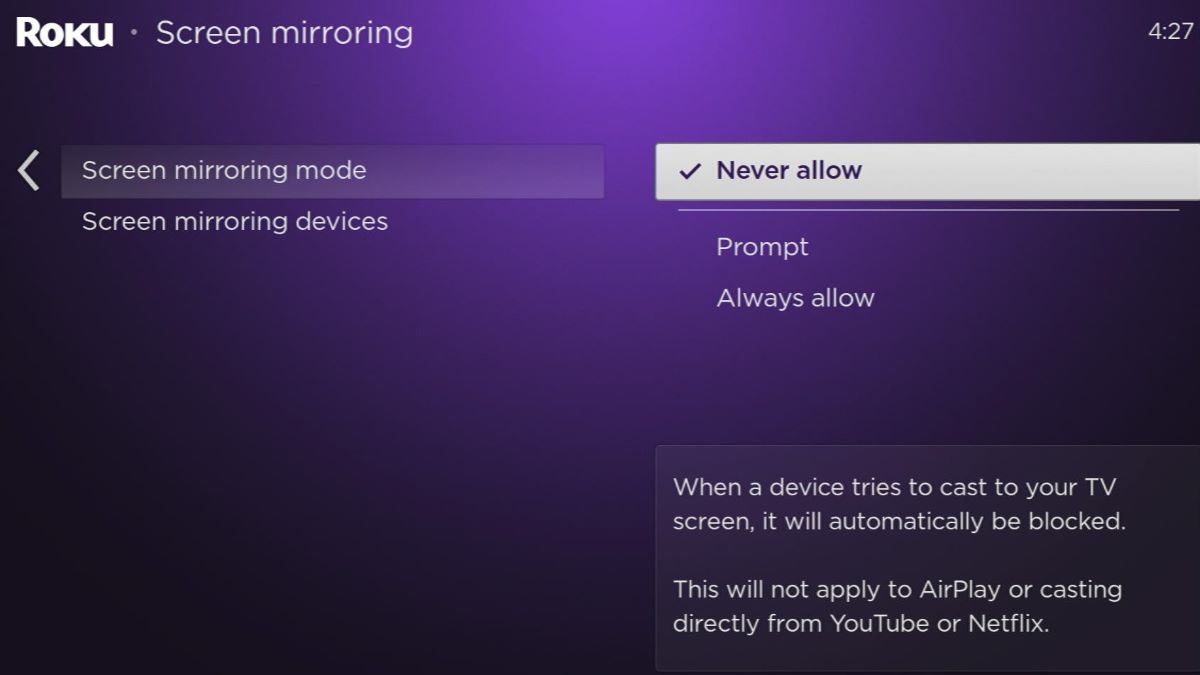
To prevent an iPhone, iPad, MacBook, etc., from casting, follow these steps:
Step 1: Turn on the TV and head to Settings.

Step 2: Choose System and scroll down to Apple AirPlay and HomeKit.


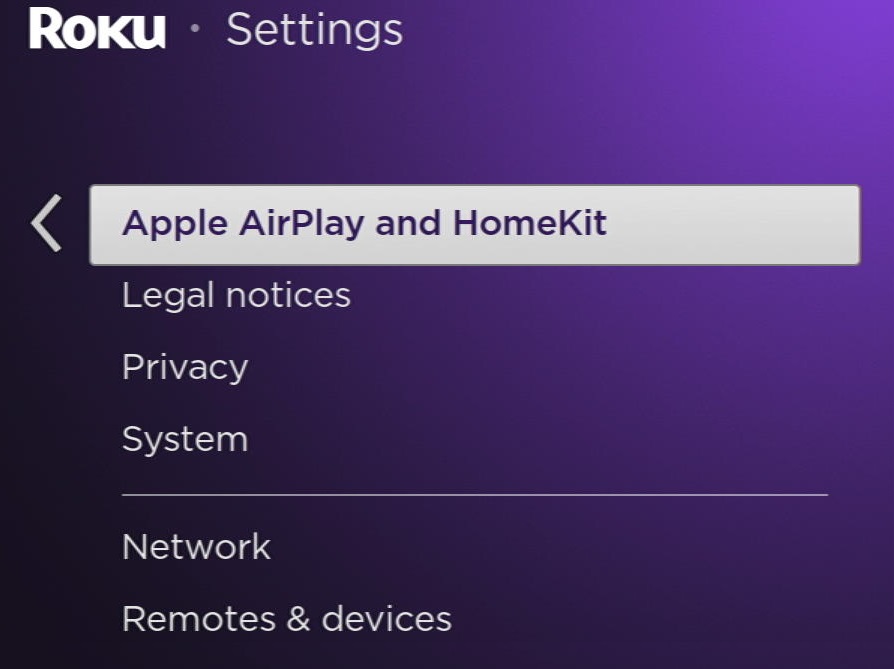
Step 3: Set the AirPlay status to “Off.”
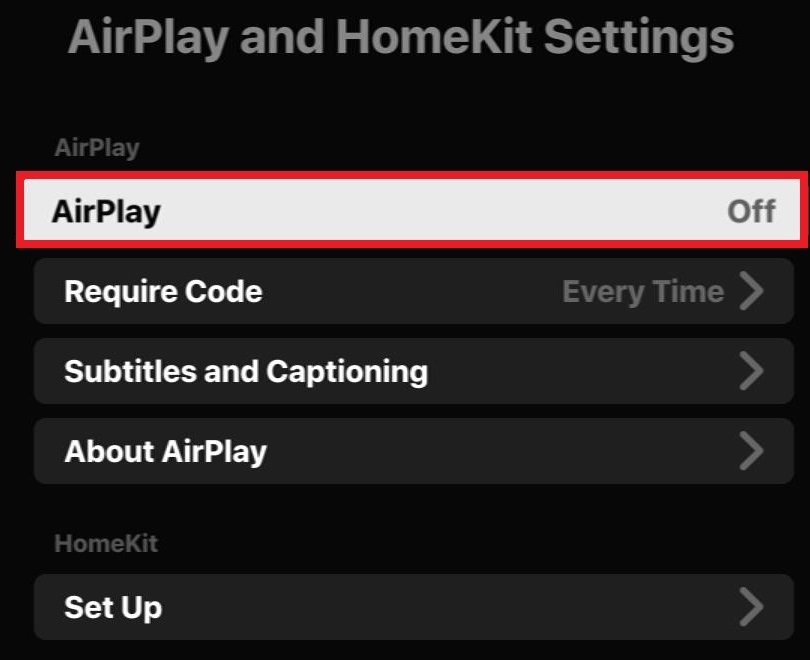
Apple TV
An Apple TV only supports AirPlay. Therefore, you’ll have to disable only the AirPlay feature on the device to stop unknown devices from casting to your Apple TV.
Here are the steps:
Step 1: Turn on your Apple TV and head to Settings.

Step 2: Choose AirPlay and HomeKit and set the AirPlay feature to “Off.”
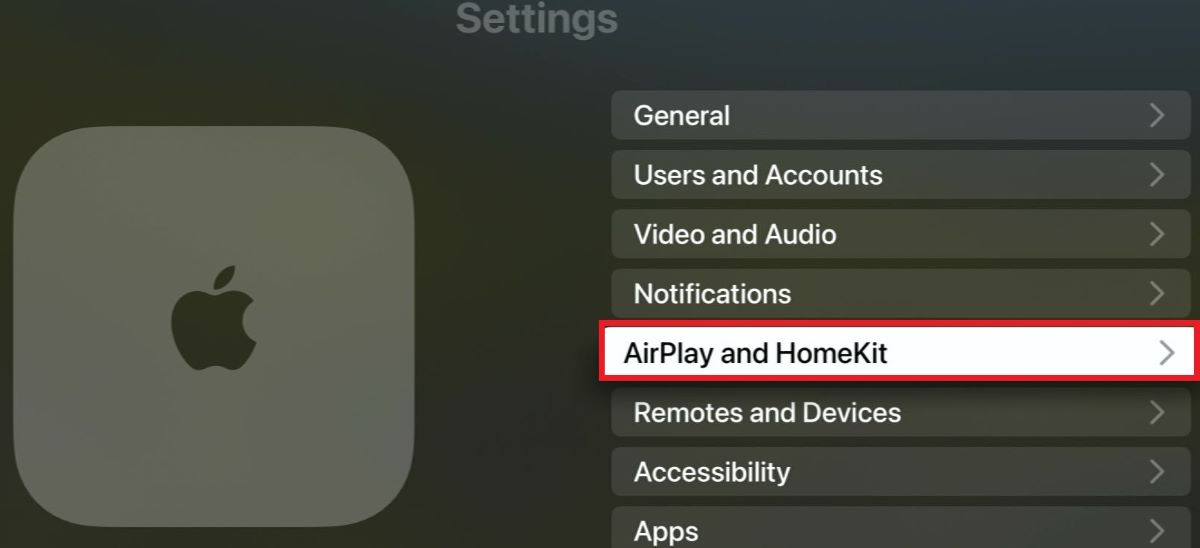
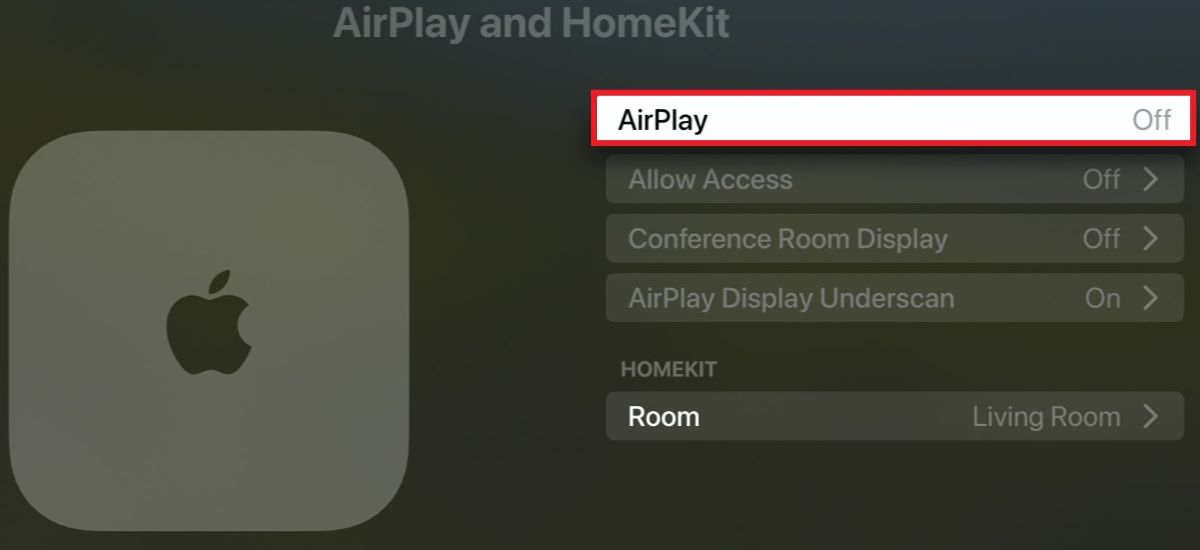
Google Chromecast

Unfortunately, there doesn’t seem to be an option to turn off Chromecast casting ability from within the device’s settings.
You can turn off Chromecast casting using the Google Home app or a Chrome browser. But since it’s not the same thing as blocking devices from within the device, we’ll not elaborate on the process.
FAQ
1. When is MAC Address Filtering Not Very Practical?
MAC address filtering is ideal for preventing devices from accessing your Wi-Fi.
But if there are too many devices whose wireless internet access you’d like to cut, entering or managing each MAC address can be cumbersome.
Moreover, skilled users can bypass the filter or modify the MAC address of their device to skirt the filtering.
Regardless, it’s still worth enforcing the filter, especially in conjunction with other measures, to prevent unauthorized users from accessing your Wi-Fi.
Catherine Tramell has been covering technology as a freelance writer for over a decade. She has been writing for Pointer Clicker for over a year, further expanding her expertise as a tech columnist. Catherine likes spending time with her family and friends and her pastimes are reading books and news articles.

